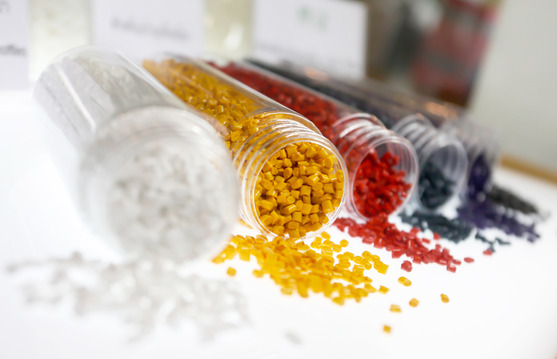 Many complex and critical parts of machinery are difficult to make since they have challenging shapes and sizes. Furthermore, some injection molding companies do not always have the expertise, knowledge and equipment to make these complex parts. That’s why, when choosing your injection molder, it’s necessary to find out whether the molder has the specialization to mold complex parts using injection molding.
Many complex and critical parts of machinery are difficult to make since they have challenging shapes and sizes. Furthermore, some injection molding companies do not always have the expertise, knowledge and equipment to make these complex parts. That’s why, when choosing your injection molder, it’s necessary to find out whether the molder has the specialization to mold complex parts using injection molding.
The Pathway to Molding Complex Parts
Molding complex parts of varying shapes and sizes and using a variety of materials is an art as well as a science. The molder should have in-depth knowledge of different materials and a thorough understanding of the injection molding equipment. This will ensure the end customer gets a high performing and precision part.
The Process of Molding Complex Parts
The process of making complex parts with injection molding depends on using scientific methods, the latest analytical tools and process technologies to ensure the resultant parts offer high quality performance. Usually, the process is divided into four stages. These stages are as follows:
- Designing the complex part
- Selecting the right material
- Designing the mold
- Process control
Designing the Part: It’s important that the part is accurately and precisely designed, taking into consideration its end use. Designing the part allows for changes and adjustments during the initial stages and this helps reduce the overall cost of making the part as well as the timeline to make the part. During the designing phase, more emphasis is laid on maximizing the design to ensure it can be manufactured seamlessly and fulfill its end-use requirement.
Material Selection: This perhaps is one of the most important steps in the entire process of injection molding. When it comes to complex materials, often multiple materials are required. Hence, there is a need to select polymers that are compatible with one another as well as ones that can bond permanently and offer faultless performance.
Mold Designing: During the mold designing process, it is important and critical to keep a close watch on the mold cavity parameters, such as temperature and pressure. This is the stage where changes and adjustments are made in real-time to ensure the resultant complex parts are consistent in quality and performance. The mold design is dependent to a certain extent on the end-use of the part and the materials being used to make the part.
Process Control: Based on the design of the product and end-use, the appropriate injection molding technologies are used. There is a wide range of complex molding process, such as overmolding, multi-shot molding and insert molding, that can be used based on design and end-use. For instance, if there is a need to make the part appear attractive and stylish and give it a good grip, overmolding is often used during the injection molding process. This helps to reduce vibrations, improves resistance to UV rays, and it also enhances electrical insulation, thereby increasing the longevity of the part.
Injection molding can be customized to make any type of part, complex or otherwise. Each part is made using a set of production processes that help to hasten the production and molding of the part while maximizing its performance and quality.
